
Monday musings are my way of sharing “brain blorts”: brief, off-the-cuff thoughts about something I have read recently, both to help clarify my thinking an in the hopes of generating discussion and response. I give myself 15 minutes or so to jot down a summary of the article(s) stuck in my brain, and outline why I think they may be important.
Here is the prototypical way to launch a new museum:
- Raise a ton of money
- Commission an architect to build a posh building (sometime this comes before step 1)
- Open to the public
- See if it works
Often people are surprised and disappointed when the attendance projections fall short. (Though the not-so-secret sauce in museum planning is that the attendance projections are often jiggered to make the project budget balance. So, not really a surprise when they are off, eh?)
In an era when the buzz phrase in museums is “design thinking,” when we enthuse about rapid prototyping and iterative development, this model of “build it and they will come” is anachronistic. And indeed, it may have been so for several decades. The University of Chicago’s excellent 2007 report Set In Stone documented the deficiencies of this approach during the 1994-2008 cultural building boom. Not only did 80% of the projects run over budget (some by as much as 200%) but many of them resulted in buildings more expensive than the organization could afford to maintain. And, the authors noted, “because it could take up to ten years to plan and complete a project, the actual needs of the communities served by the project could end up being very different from those originally envisioned.”
So what’s the alternative? For today’s musing I want to point out two recent articles that suggest other approaches to planning and building a museum:
Last week the NYT previewed the Museum of Food and Drink*’s first exhibit in a new space in Brooklyn. MOFAD has its origins in 2005, when founder Dave Arnold set up a small exhibit at a food exposition. In the last ten years, a small core staff, led by director Peter Kim, explored potential sites and built audience via a Kickstarter funded mobile exhibit (centered on an awe-inspiring 3,200 lb cannon used to create puffed cereals) and a series of provocative public debates exploring current issues about food production, policies, values and health. Even this first long-term space is positioned as a “lab”–a site to experiment as the museum finds its footing and slowly scales up.
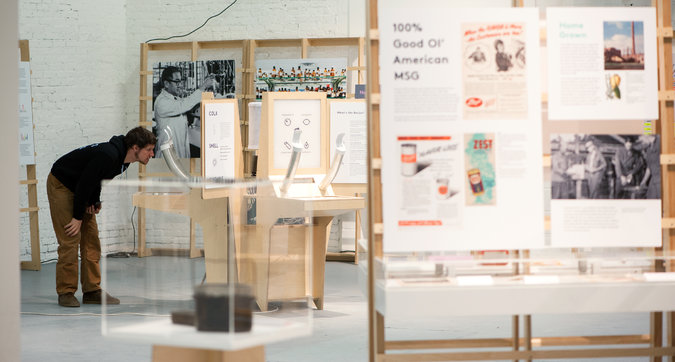 |
| MOFAD’s inaugural Lab exhibit “Flavor, Making Itand Faking It” as profiled in the NYT |
The second article also springs from the world of food. Last week the Washington Post reviewed Prequel, a “permanent pop-up space” that will host a rotating cast of food-related business looking to test the market and attract funding. Prequel is kind of a bricks-and-mortar version of Kickstarter: a way to gauge interest in a concept, and attract backers who may give cash now, as well as becoming dedicated fans and customers when you open. In cities groaning under the collective weight of nonprofits asking for private and philanthropic support, maybe a similar approach for museums could work. An enterprising individual (or collective) could convert a warehouse to flexible exhibit space, and invite startup nonprofits to take their turn piloting their concept and pitching to funders.
What do you think? If you were (or are) planning a new museum, what is the most promising 21c approach to design/build your new organization?
What do you think? If you were (or are) planning a new museum, what is the most promising 21c approach to design/build your new organization?
*For the record, I am on the advisory board of MOFAD, but this encomium isn’t tooting my own horn because Dave, Peter et al came up with this strategy based on their own collective brilliance.





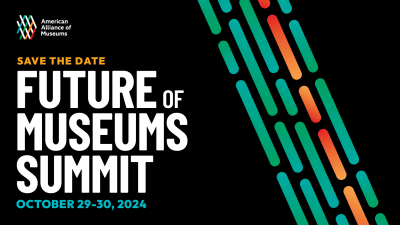
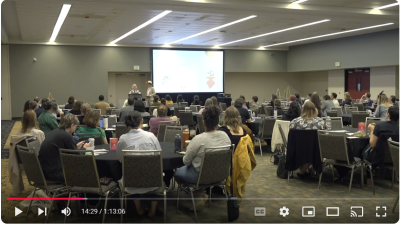
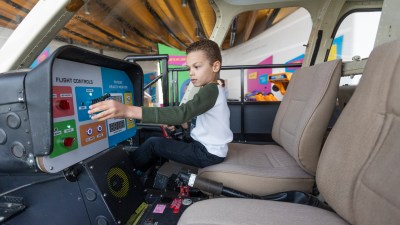
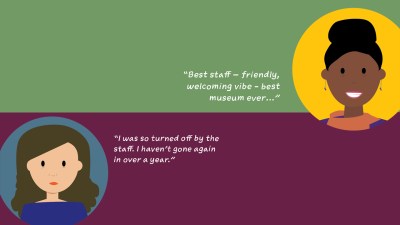
I'd actually argue that a far greater percentage of museums are founded in this way:
have some stuff you like
think "everyone will be really interested in this stuff!"
find a place to put all the stuff out.
hope people come.
they don't.
The end result is the same, but without money and fancy architect. These types of museums, under-resourced except in passion and commitment, can be really positioned to be nimble in the ways you suggest, if only the nimble perspective can be embraced.
Hey Elizabeth,
Interesting food for thought here. We've experimented with a slightly newer model: being a virtual museum, first and foremost. Girl Museum (www.girlmuseum.org) was the pet project of our founder, who used her own money and means to get the virtual museum up and running.
That isn't to say we stick solely to the virtual — we've done pop-up exhibits and collaborations with other museums, and want to do more.
So essentially our model has been:
(1) find a cause and objects you love (girls + art/history)
(2) create a virtual space for discussion, research, and presentation
(3) legitimize through non-profit status, and engage in collaborations with other museums / non-profits to create content
(4) build up the virtual museum, with exhibits, programs, social media, and a dedicated team
(5) fundraise
(6) branch into more physical exhibits and collaborations, but continue with the primary virtual model in order to reach a diverse, global audience and fulfill our social justice mission
…it's a strange model, but it's working so far. I think a lot of people want to create their own museum, but they don't realize that the old model doesn't necessarily need to happen. The Theodore Roosevelt Center has built an archive almost entirely in the virtual realm, through partnerships with institutions that hold the collections they'd need. Girl Museum utilizes the increase of Creative Commons licensed material, partnerships with institutions, and collaborations with stakeholders to deliver content. And I think it's illustrative of your mention on having a nimble perspective. It's definitely benefited us to embrace the new and relatively untested, creating a space that allows more creativity, at less cost, for more people.
Good point, Tiffany. I know of other museums that have started virtual–and that gave them time and "space" to build audience and test business models while looking for a bricks and mortar location. The Museum of Motherhood started as virtual. I believe the Advertising Icon Museum (which started as virtual) has commissioned a building by Zaha Hadid to be built in Kansas City. The Smithsonian Latino Museum exists as a virtual project while they search for space, and funding.
Thanks for sharing your model–in which physical space is a secondary tactic!